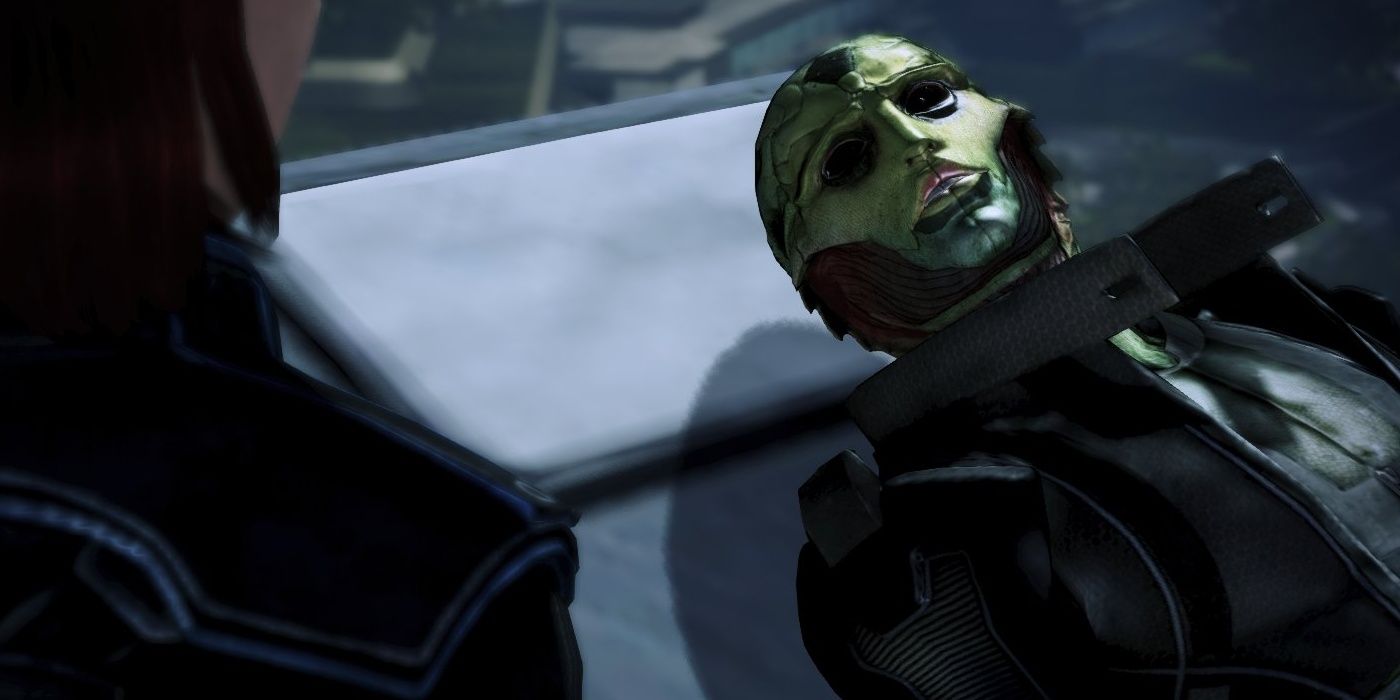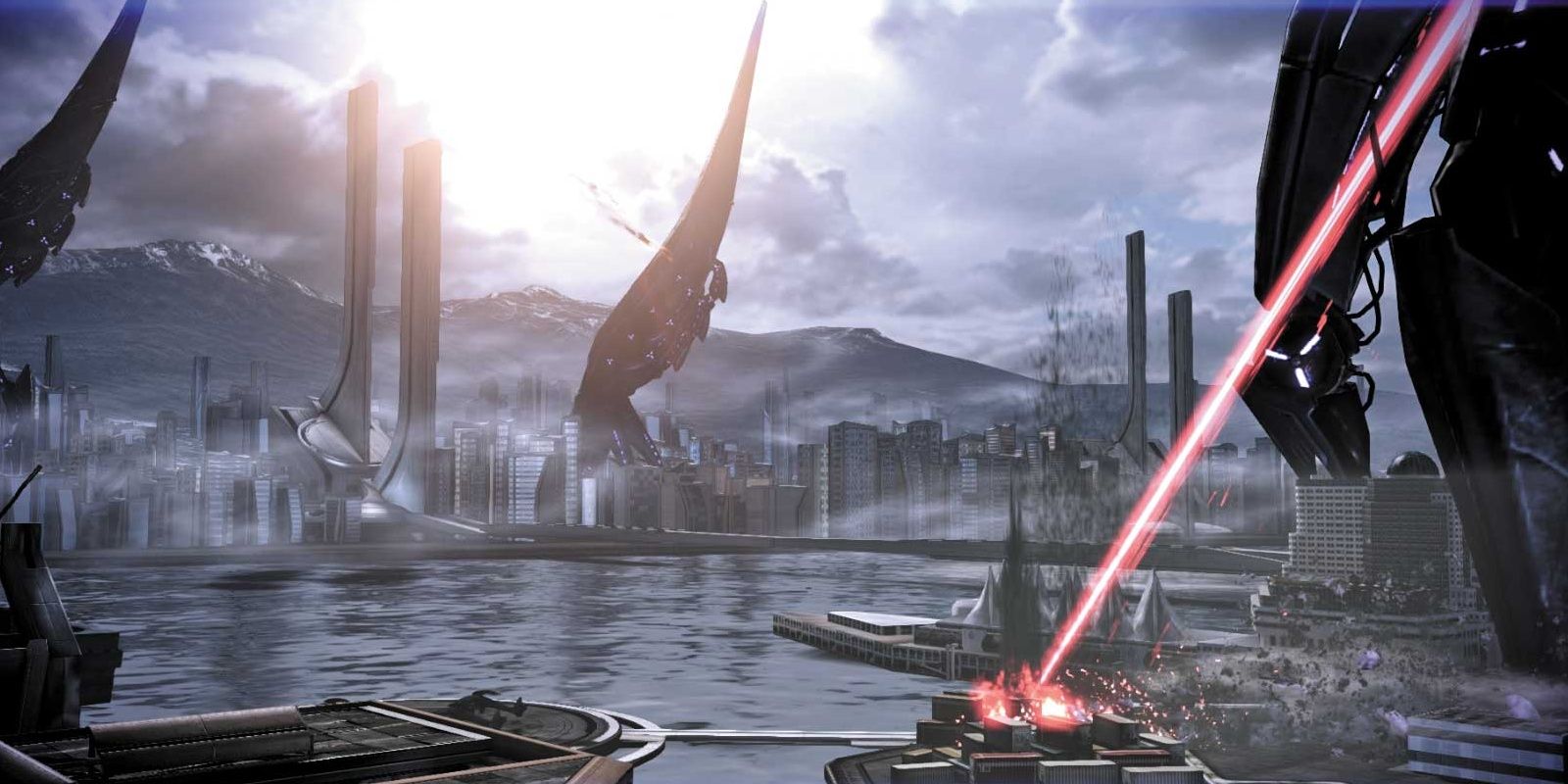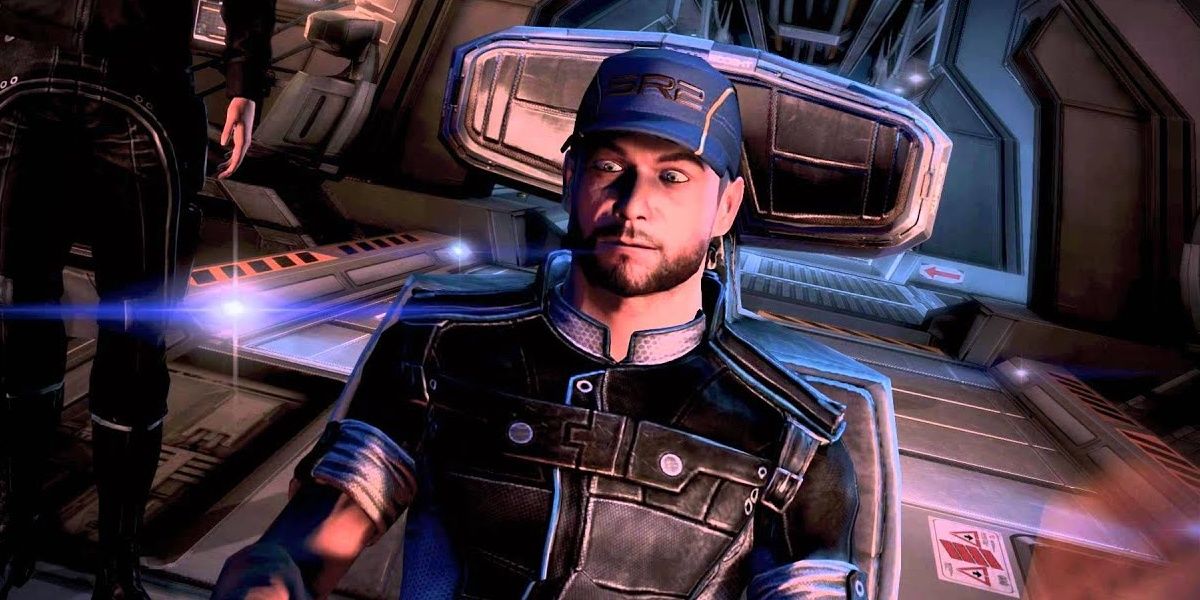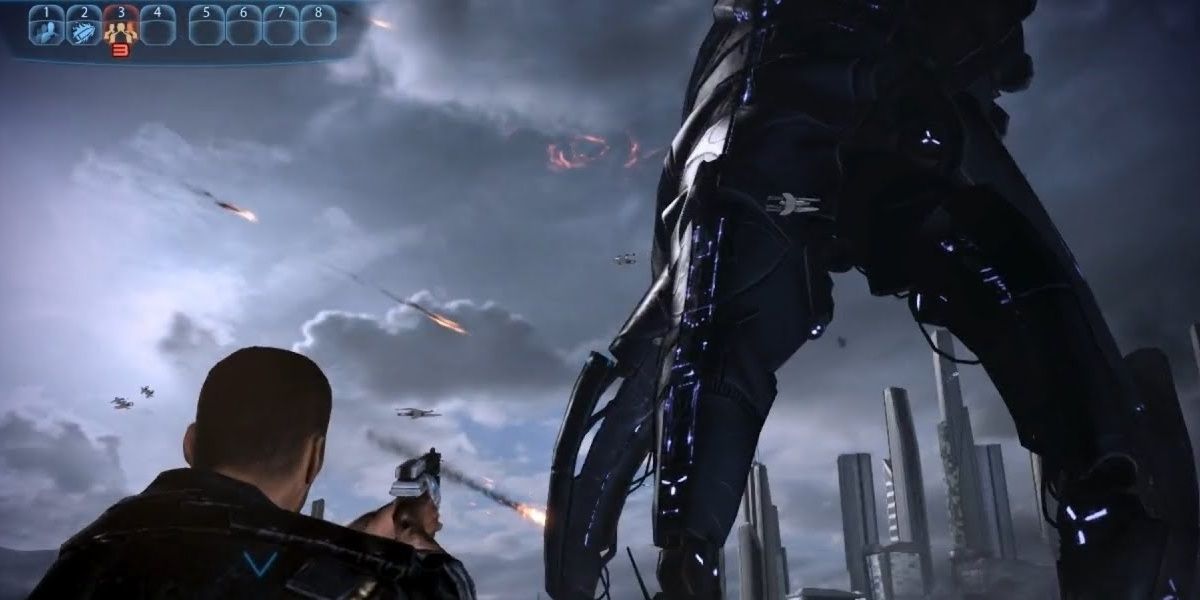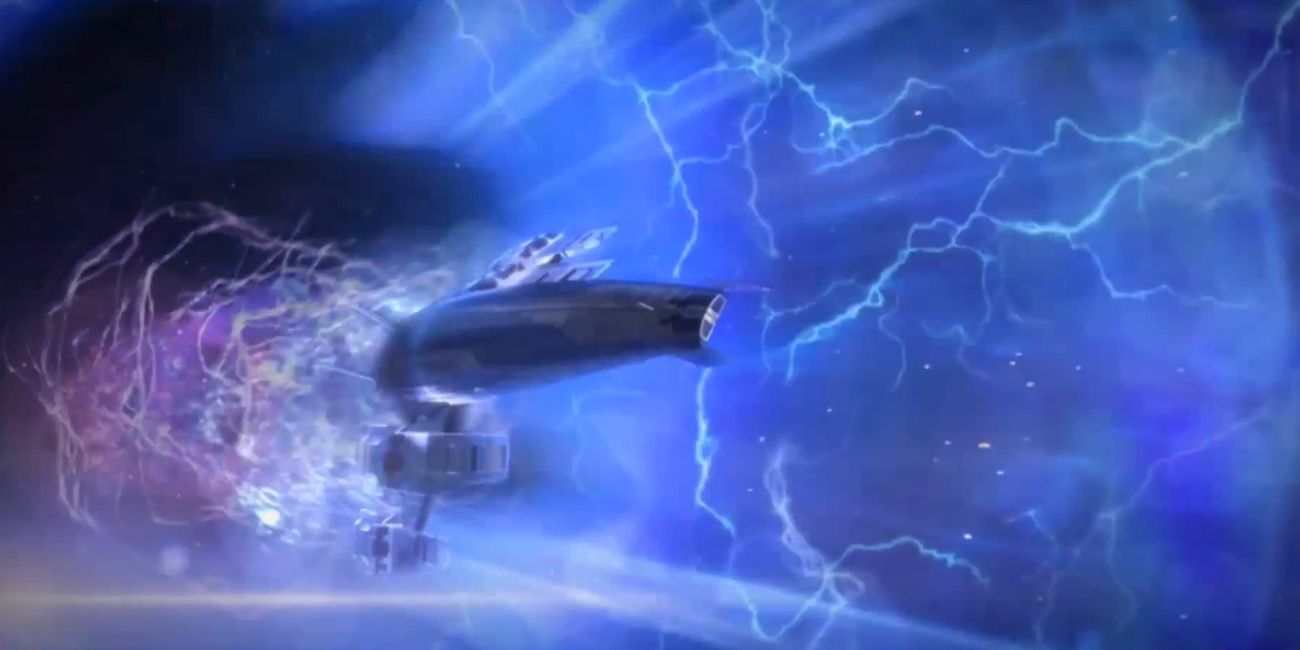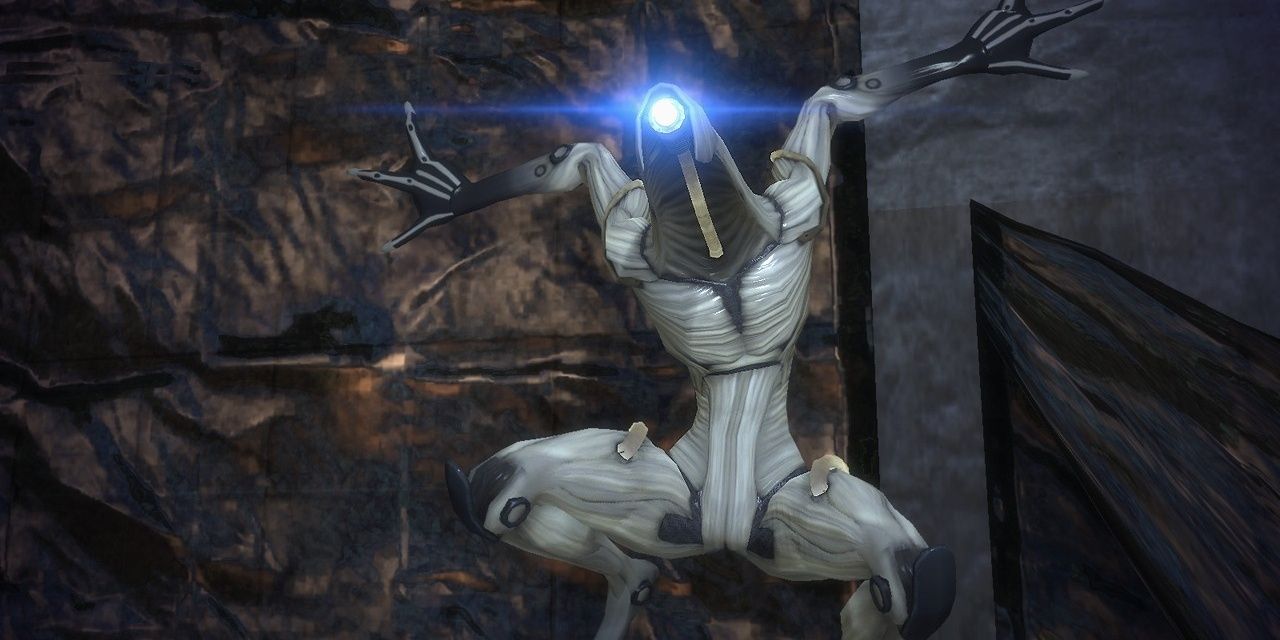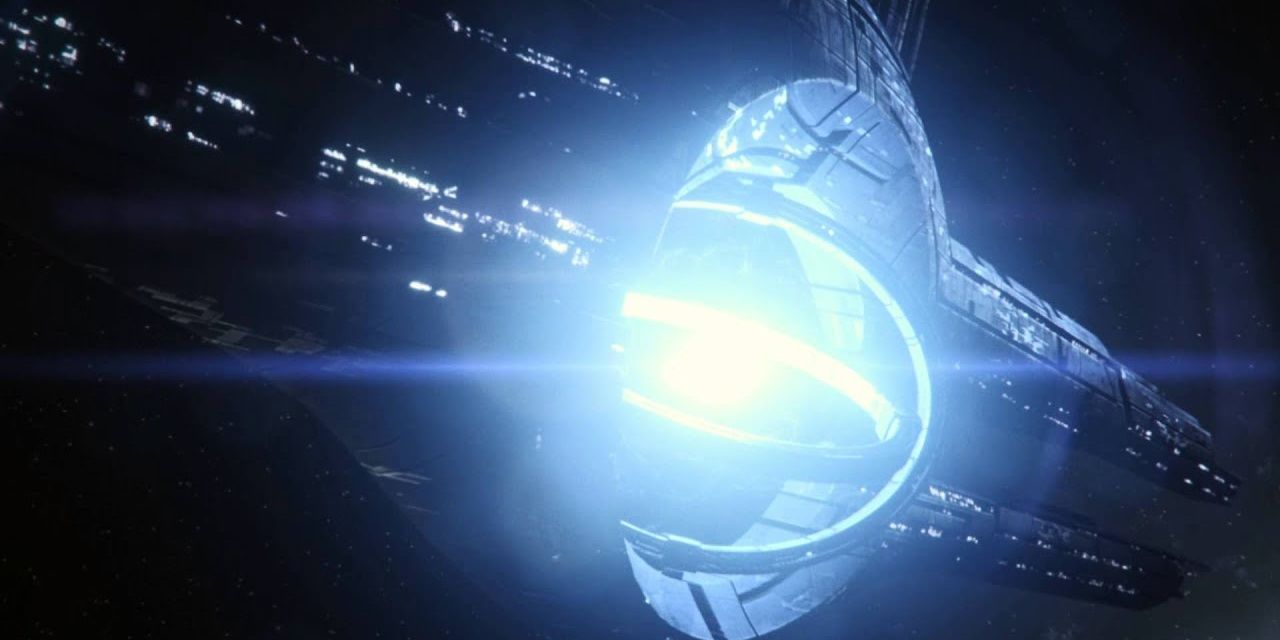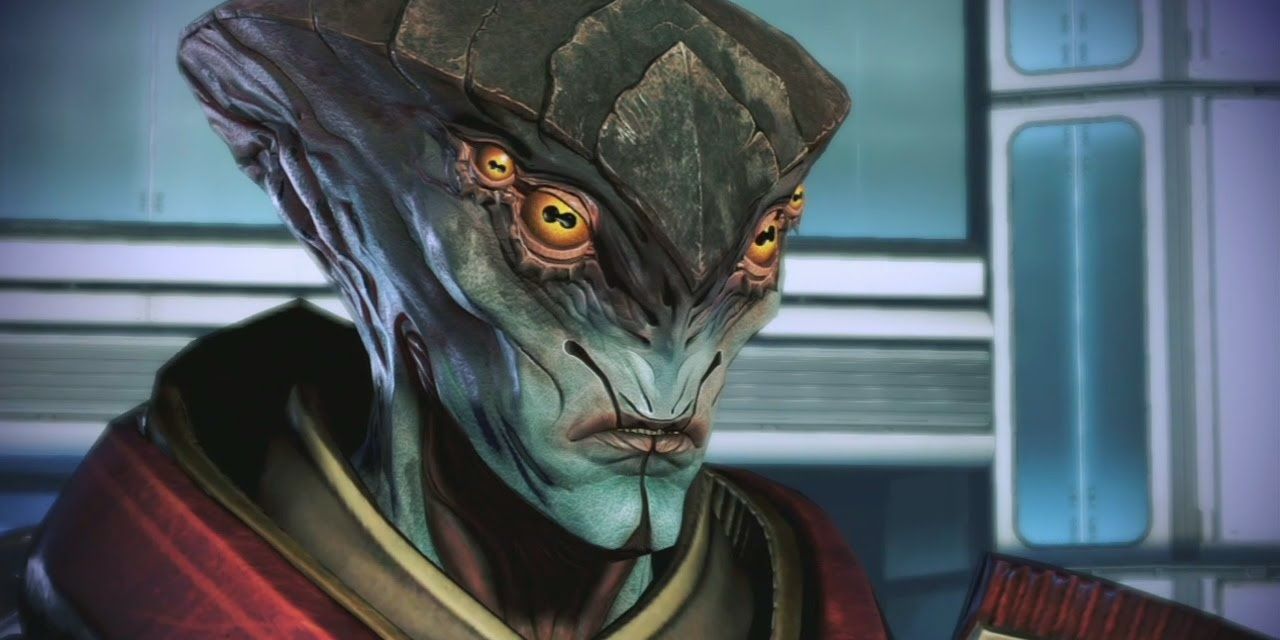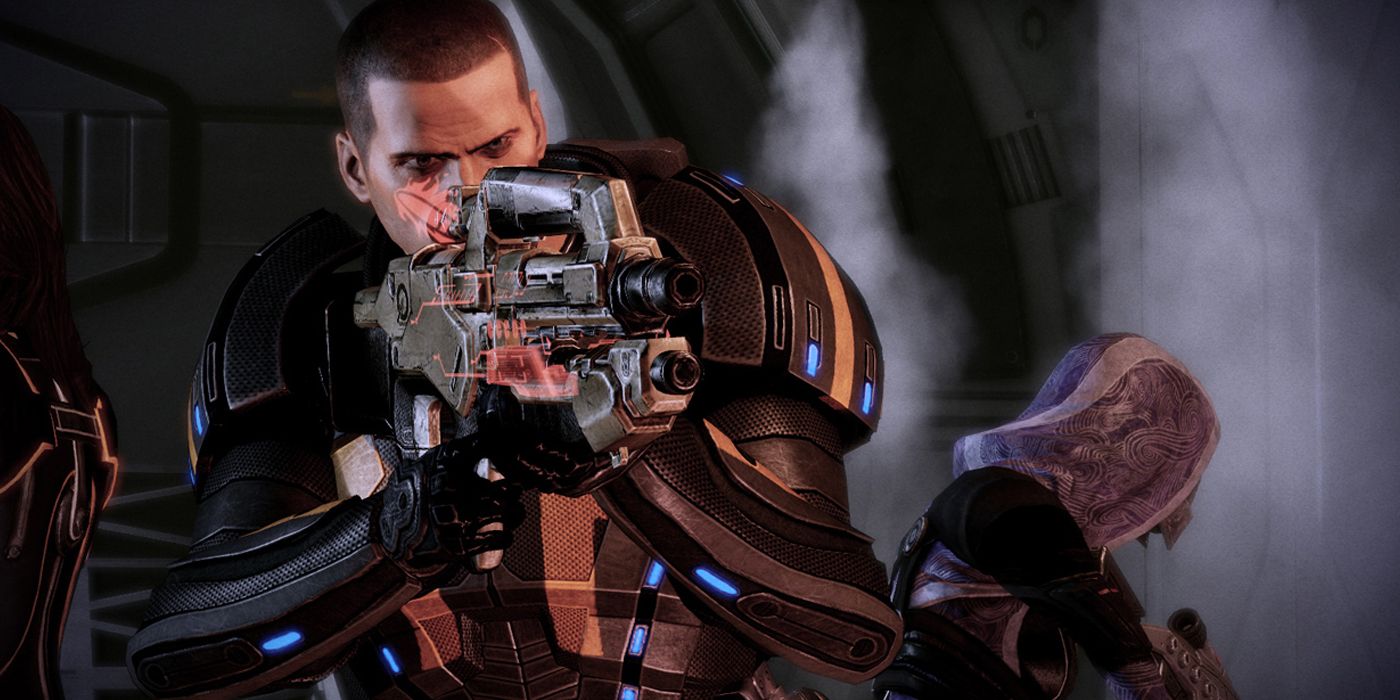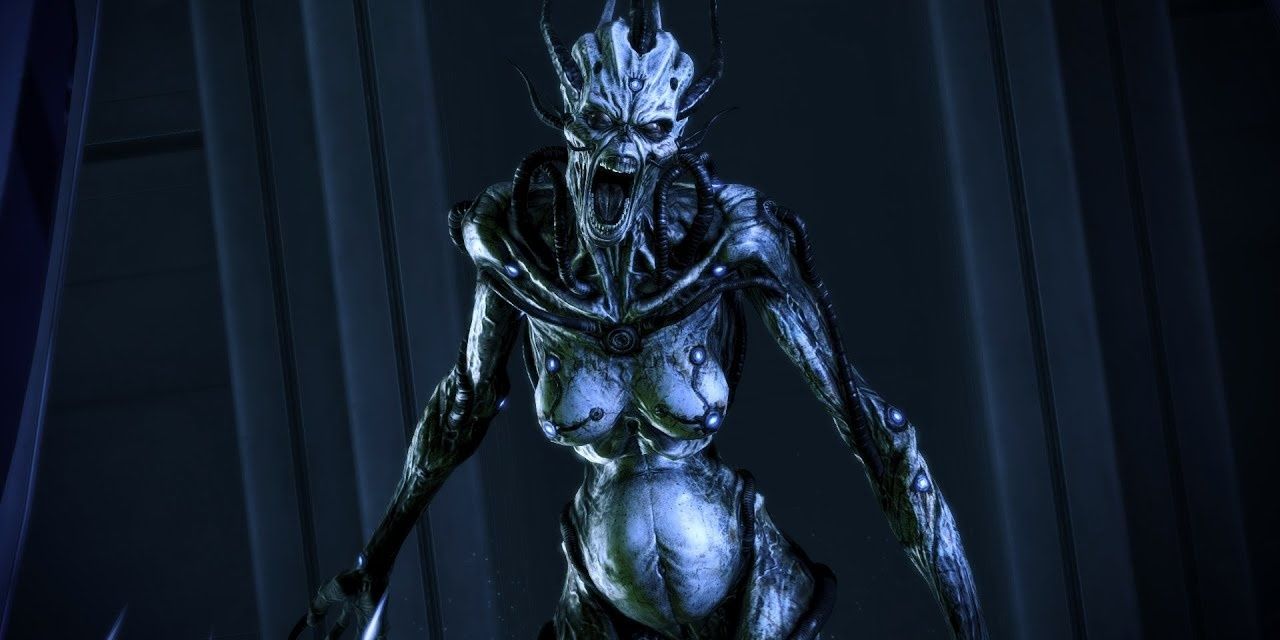The Mass Effect games were some of the best and most popular games of the previous generation. Unfortunately, the entire series' reputation went down the toilet with the release of Mass Effect 3. The third game was meant to wrap up the original trilogy's story, but only proved incredibly frustrating for a large majority of players. Many people absolutely loathed the ending, as it was both anticlimactic and problematic.
Unfortunately, the game was also riddled with plot holes that to this day remain unexplained. Here are ten of them.
10 "A New DNA"
So it's established that merging organics and synthetics will create "a new type of DNA." Okay, for one thing, how is that scientifically possible? It sounds like a bunch of scientific mumbo jumbo to us. Secondly, what does "a new DNA" even mean? Does that mean it would create a new lifeform? Or does it mean that the building blocks of the DNA itself will be altered? Unfortunately, this was all a bunch of nonsense, and it was something that the Mass Effect series tended to avoid in the past. In short, it's cliché sci-fi balderdash, and we were not having it.
9 Outrunning Light
The problem with science fiction stories, and especially science fiction stories set in space, is that it often takes extreme liberties with the whole "science" aspect. At the end of the game, the Normandy attempts to outrun the glowing light...that is traveling as faster than light speeds. To make matters even worse, Joker looks over his shoulder as if to catch a glimpse of said traveling light. This is massively problematic, as a ship would never be able to outrun something traveling faster than light, and you certainly wouldn't be able to look over your shoulder to see it coming. You'd be dead before you even knew what happened.
8 Shepard Controlling The Reapers
In the end of the game, Shepard has the option to "control" the Reapers. However, the Catalyst mentions that, should he choose to do this, he will die. Okay, but if he's dead, then how will he control the Reapers? You can't exactly control something if you're dead! Of course, this could mean that his mind remains alive somehow while his physical body dies, but that's never really established. That's just fan conjecture. Also, can it really be considered "dying" if your mind is still alert and functioning? This little storyline could have used a lot more explaining.
7 The Shockwave
Ah yes, the infamous shockwave — aka the plot device no one really understands. So, just what exactly was the shockwave, anyway? Did it originate from an exploding relay? Was it a relay meant to destroy all sentient life in the galaxy? How does Joker know what it is and how to run from it? Why didn't it hurt the soldiers on Earth? Why would it obliterate the Normandy? Unfortunately, it still seems as if no one knows just what the shockwave was all about, despite Mass Effect 3 being out for seven years now. Yeah, maybe there's a really complicated way of explaining it, but the game could have made it a little easier to understand!
6 What Exactly Is "Synthetic" Life?
Mass Effect 3 employs a very traditional and cliché science fiction problem — if we don't stop "bad guy," then all life in the galaxy will be destroyed! This usually works in stories because "all life" typically means "humans." After all, do we really care if some faraway alien life form goes extinct? Not really. The problem with Mass Effect 3 is that it is unclear exactly what constitutes a "synthetic" life form. Does "synthetic" life also include artificial intelligence? Does it destroy computers? It's unclear, and it's a little frustrating that the game went down such a muddy and predictable road.
5 Repairing The Relays
The "destroy" ending brings up some major problems regarding the mysterious relays. In this ending, the various races of the galaxy team up and repair the relay, whereas in the "control" and "synthesis" endings, they are repaired by the Reapers. This makes sense; the "destroy" ending does not. The Codex clearly states that no one really knows what the relays are made of or exactly how they function. So how were they able to repair them? This just reeks of lazy writing and unfortunate lore breaking, and it ruined what could have otherwise been a very satisfying and emotional ending.
4 Javik And The Salarians
Something has been bugging us regarding Javik and the Salarians. When it is mentioned to Javik that the Salarians are major figures in intergalactic politics, Javik makes some sly remark about the Salarians and their unbecoming past. However, Javik probably shouldn't know what a Salarian is. That term likely didn't exist 50,000 years ago, and we doubt it could be handled by the Universal Translator. A lot of people think the answer lies in Javik connecting with Shepard's mind, like he learned all this information through Shepard's knowledge. But regardless, the answer could have been a little more clear.
3 Thane's Clothes
We suppose this one isn't really a plot hole per se, but it's still a baffling misstep in the story and character department. Thane is fatally wounded by Kai-Leng, and he goes to the hospital for treatment. We suppose this is the worst, most unprofessional hospital in existence, because we later see the dying Thane in the same bloody clothes he was stabbed in! What's up with that?! That means the hospital took his bloody clothes off, performed surgery, and then rather than give him a sanitized hospital gown, they just throw the bloody clothes back on him. We'll chalk this up to wonky character model work.
2 Shepard's Undamaged Face
Shepard must be some sort of god, because he doesn't tend to take any significant damage. Or if he does, he certainly doesn't physically show it. This little plot hole comes when Harbinger blows the entire ground force apart and lands a direct hit on Shepard's face. However, his face is perfectly fine afterwards, even if the specific character model wasn't wearing a helmet. No burn marks, no deep lacerations, nothing. We suppose it's a case of gameplay and story segregation, but you have to admit, it's really distracting not seeing any physical damage whatsoever after something that would so obviously cause it.
1 Banshee Body
And here we come to another hiccup between the Codex and the story. The Codex clearly states that Banshees immediately disintegrate upon being killed. Okay, fine. This is even mirrored in the gameplay itself, as every single Banshee you dispose of in combat disintegrates upon death. Yet during the Ardat-Yakshi mission, Falere is able to point out the physical corpse of a Banshee. Why is that? Shouldn't it have disintegrated upon death like literally every other Banshee? Maybe it's not so instantaneous as the Codex and gameplay would have us believe? Or maybe it was just an oopsie on the developers' part.

